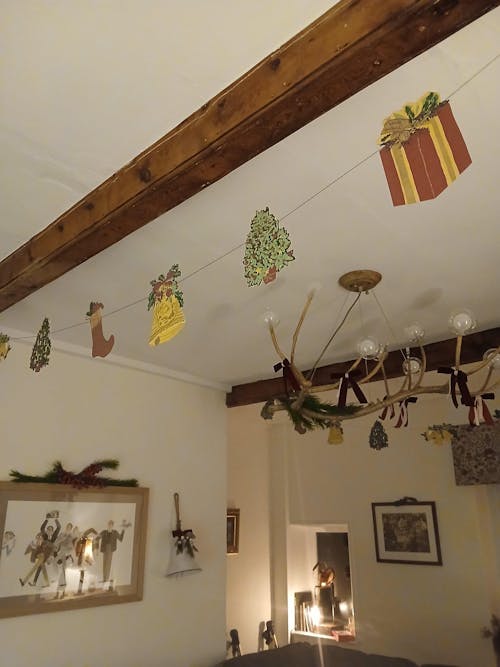Scientific Name
Tradescantia sillamontana (Tradescant's plant from Cerro de la Silla, Mexico) 'Brown Hill'
Common Name
White Velvet, Cobweb Spiderwort, White Gossamer, Hairy Wandering Dude
Origin
The species originates in Mexican jungles, but this variety was first bred in Denmark.
Description
Tradescantiae originate in arid regions of Mexico, where it survives by creeping along the ground, enjoying shady spots with good soil moisture. As a houseplant, it grows in vines which will first grow upwards and then trail, and are perfect on a high shelf or from a hanging pot. The Green Velvet Variegated variety stands out because, like the velvet wich gives it its name, it is fluffy and soft to the touch! This variety's bright green leaves have purple undersides and are covered in tiny hairs, which help them retain moisture in dry environments- so don't stroke your plant too much as this could hurt it! The variety gets its name from the brown tinge on the stems as a result of the tiny hairs. Look after your plant and its fluffy leaves and it will repay your care with gorgeous and unusual vining foliage.
Light
Thrives in bright, indirect light; too little light will leave it leggy and damp, and too much bleached and dried-out.
Water
Water once the pot begins to feel light when lifted; these plants like to be moist, and prefer to be bottom-watered (using a dish underneath rather than pouring onto the soil) to prevent their leaves from accumulating damp; this is especially key with this variety as its hairy leaves are super adapted to dry environments.
Humidity
Average humidity is fine, but your plant will benefit from a humidity tray in a drier spot or drier weather.
Soil
Use a moisture-retentive, well-draining mix to keep this thirsty plant happy but not too soggy. Repot every three years if absolutely necessary; this plant is better potbound than drowning in soil.
Food
Feed every four waters in the growing season, reduce to every six in autumn and winter.
Temperature
Temperature should ideally be between 16-30°C- make sure it doesn't drop below 10°C in winter.
Pet-safe
No; while this plant is not toxic, it can cause some bad reactions when eaten by pets, including itchy skin and upset stomachs.
Sprouts Top Tips
To keep tradescantia bushy rather than leggy, you can pinch off or trim longer stems, which can then themselves be propagated, making more plants to spread around your home or share with others!


















![The 'Mulled Wine' Fresh Foliage Christmas Wreath [Made to Order]](https://cdn.shopify.com/s/files/1/0490/2774/3905/products/the-mulled-wine-fresh-foliage-christmas-wreath-188341_500x500.jpg?v=1637972611)






